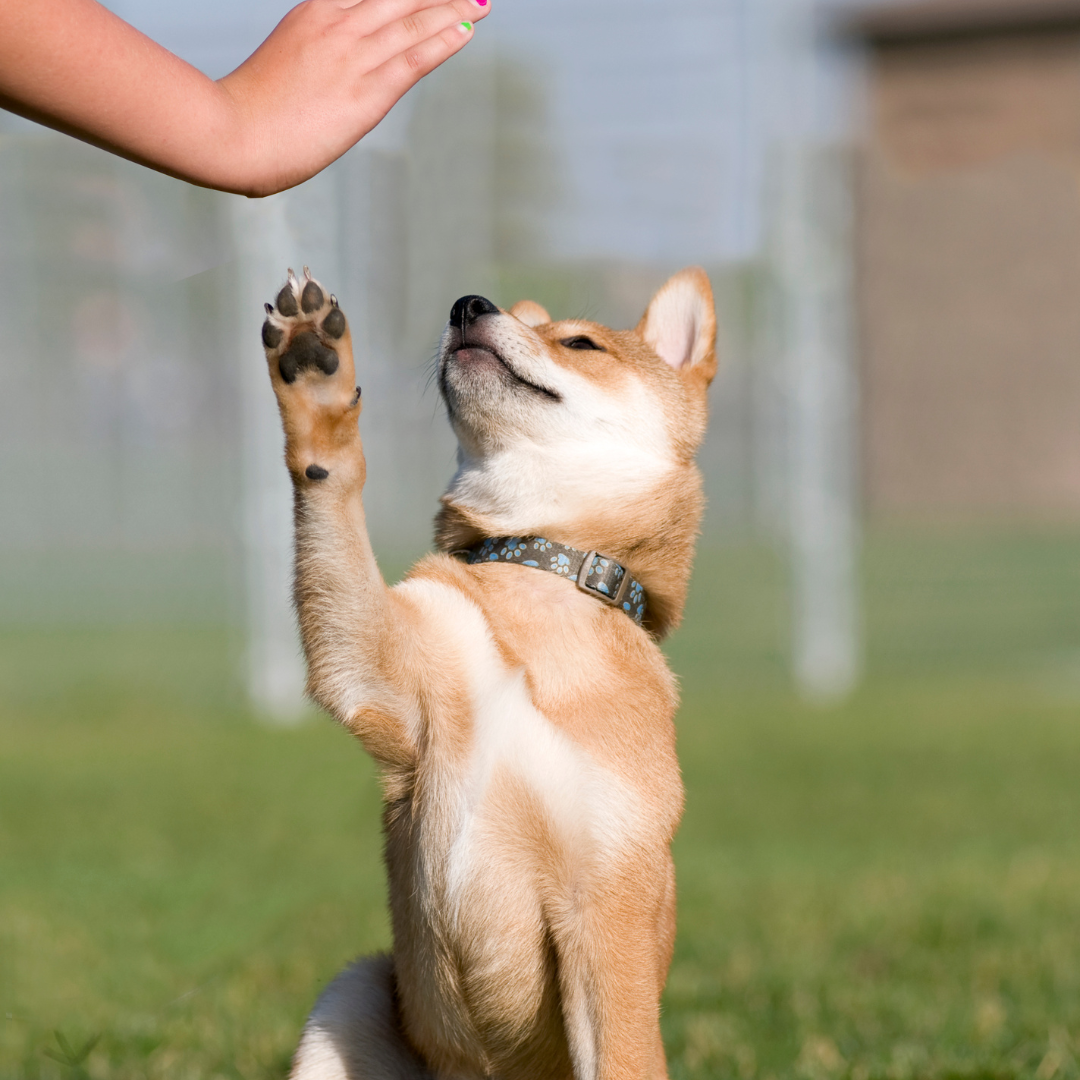Taking An In-Depth Look Into The Best Ways To Prepare, Train, And Condition Your New Puppy For First-Time & Experienced Puppy Owners
Welcoming a new puppy into your home is an exciting and joyful experience, but it also comes with its own set of challenges. One of the most important tasks you’ll undertake is training your new furry friend. Proper training helps ensure a well-behaved dog and strengthens the bond between you and your pet. Here are some basic tips and strategies to get you started on the right paw.
Keep in mind that Stay At Home Pet Services is not certified in dog training nor are we a dog training facility. This article is meant to serve as a guideline covering the basics of new puppy training. Beyond the information provided in this article, you should always seek out a professional when it comes to dog training. Here are some local dog trainers in the Cincinnati, Ohio area.
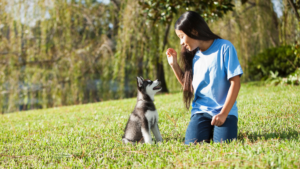
Start with the basics
1. Start With The Basics
Training should begin as soon as you bring your puppy home. Early training helps establish good habits and prevents the development of undesirable behaviors. Focus on these basic commands first:
Sit: Hold a treat close to your puppy’s nose, then move your hand up, allowing their head to follow the treat and causing their bottom to lower. Once they are in a sitting position, say “sit,” give them the treat, and share affection.
Stay: Start with your puppy in the sitting position. Open the palm of your hand in front of you and say “stay.” Take a few steps back. If they stay, give them a treat and affection. Gradually increase the distance.
Come: Put a leash on your puppy and go down to their level. Say “come” while gently pulling on the leash. When they come to you, reward them with affection and a treat.
2. House Training
House training, or potty training, is one of the first things you’ll want to work on with your puppy. Consistency is key:
Establish a Routine: Take your puppy out frequently—after waking up, during and after playing, and after eating or drinking.
Choose a Bathroom Spot: Take your puppy to the same spot each time. Their scent will prompt them to go.
Praise and Reward: Immediately praise and reward your puppy after they’ve gone outside. This reinforces the behavior you want.
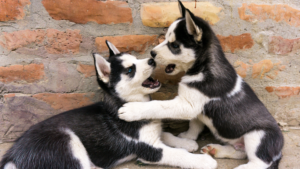
Puppy socialization
3. Socialization
Socialization is crucial for your puppy’s development. Exposing them to different people, environments, and other animals helps them become well-adjusted adults:
New Experiences: Introduce your puppy to a variety of experiences, sounds, and sights. This could include car rides, different types of flooring, and various environments.
Meeting People and Animals: Arrange playdates with other dogs and introduce your puppy to people of different ages and appearances.
4. Crate Training
Crate training can provide your puppy with a sense of security and can be useful for house training:
Create a Positive Association: Make the crate inviting with a soft bed and toys. Never use the crate as punishment.
Gradual Introduction: Start by letting your puppy explore the crate on their own. Gradually increase the time they spend inside.
Establish a Routine: Use the crate for naps and overnight sleeping. Make sure the puppy gets enough exercise and bathroom breaks before crating.
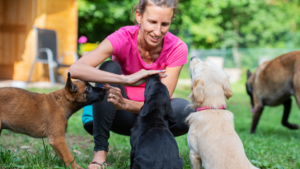
Address unwanted behaviors
5. Addressing Unwanted Behaviors
It’s natural for puppies to display unwanted behaviors like chewing, biting, and barking. Here’s how to address them:
Chewing: Provide plenty of chew toys. If your puppy chews on something inappropriate, redirect them to a toy.
Biting: Puppies often bite as a form of play. If your puppy bites, let out a high-pitched yelp to startle them and then ignore them for a few moments. This mimics how other puppies would react.
Barking: Identify the cause of the barking and address it. If it’s for attention, avoid rewarding the behavior. Teach the “quiet” command by rewarding silence.
6. Patience and Consistency
Training a puppy requires patience and consistency. Puppies have short attention spans, so keep training sessions brief (5-10 minutes) and fun. Consistency in commands, rewards, and routines helps your puppy understand what is expected of them.
A Little Training Goes A Long Way
Training your puppy is a rewarding process that takes time and effort. By starting with the basics, establishing a routine, and being consistent, you’ll set a strong foundation for a well-behaved and happy dog. Remember, positive reinforcement and patience are key to successful puppy training. Enjoy the journey and cherish the moments with your new best friend!
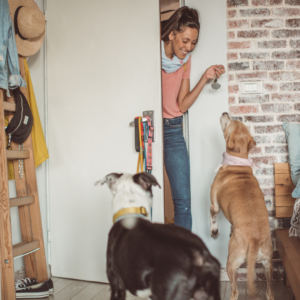
Hire a professional dog walker & pet sitter
Hire A Dog Walker & Pet Sitter Today!
Pets need regular stimulation to stay happy and mentally healthy. If you don’t have the time to regularly stimulate your pets, then consider hiring a professional pet sitter! Here at Stay At Home Pet Services, we offer quality pet sitting services at competitive prices. We have over 10 years of experience, our sitters are certified in pet first aid & CPR, and we love all pets as if they were our own.
We are located in Cincinnati, OH and service the following areas of East Walnut Hills, Hyde Park, Mt Lookout, Oakley, Norwood, Kennedy Heights, Pleasant Ridge, Tusculum, East End, Mariemont, Fairfax, Madisonville, Mt Washington, Dillonvale, Deer Park, Silverton, Kenwood, Madeira, Indian Hill, and Anderson Township. Click here to become a client today or give us a call at 513-706-7702. Be sure to check us out on Facebook and Instagram too! We post everyday, so make sure you follow us so you don’t miss out on any adorable pet pictures.

